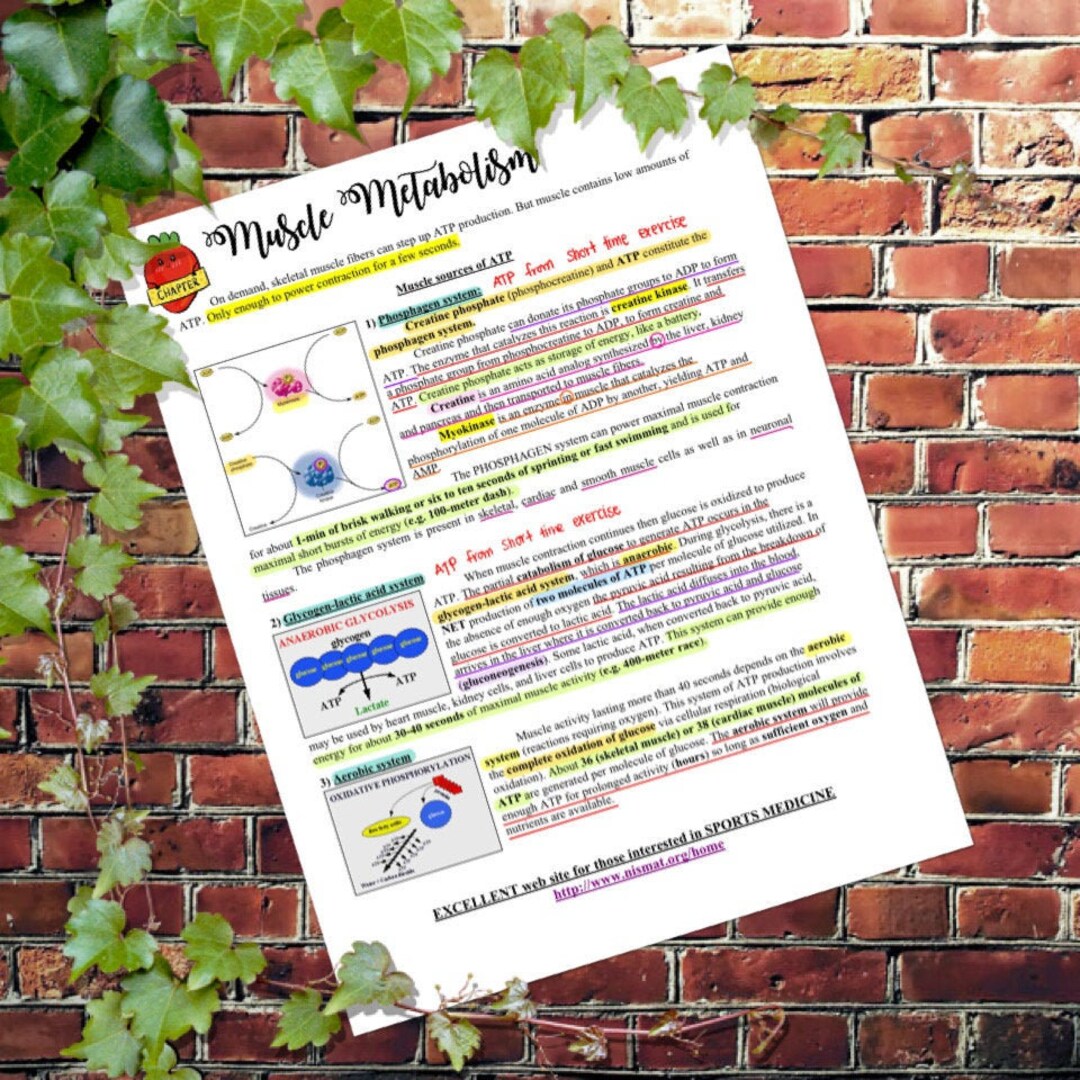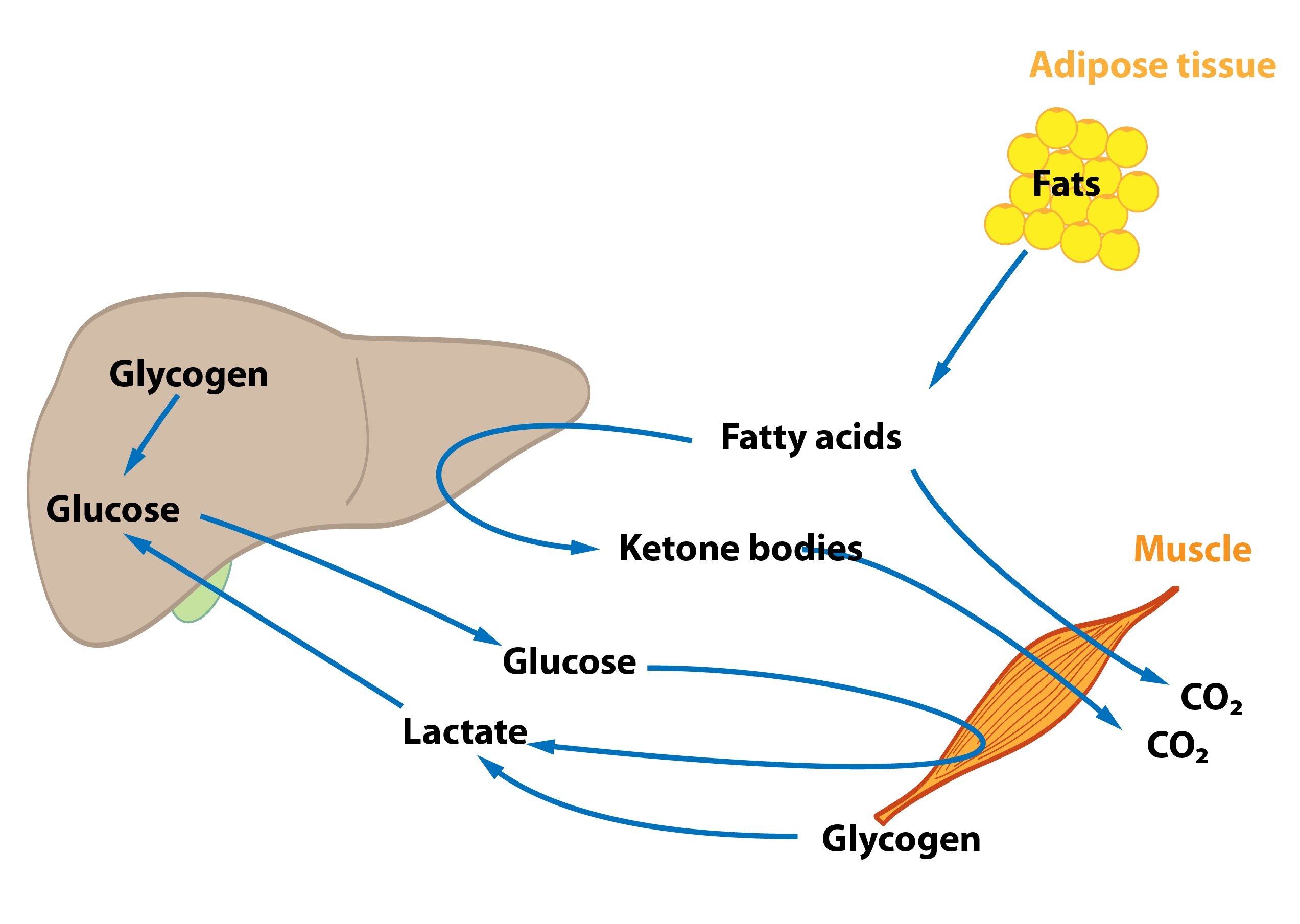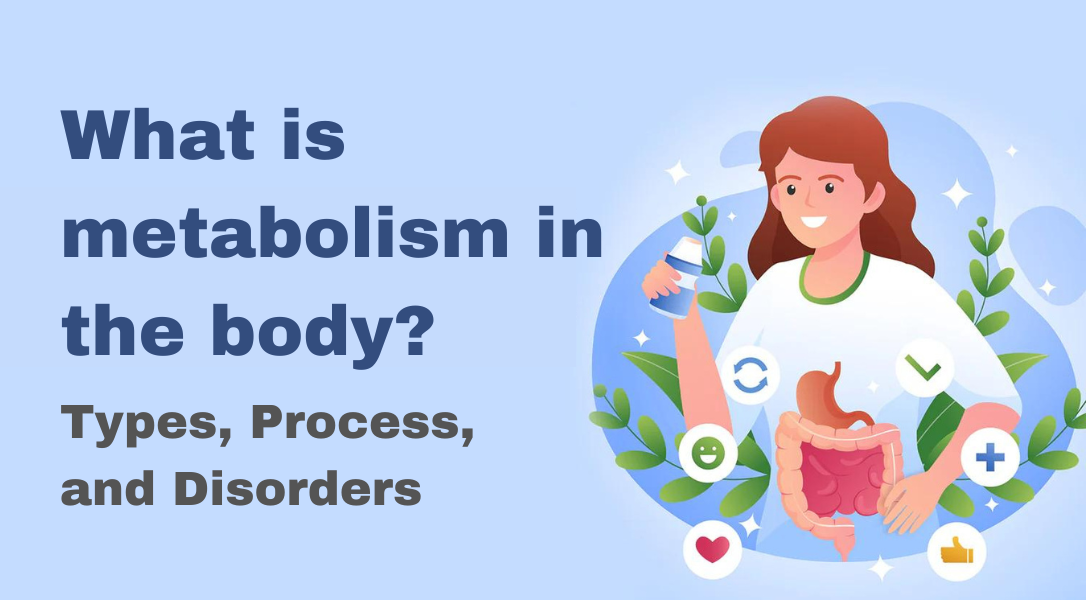Metabolism How It Works in Human Body Biology Diagrams Chapter 24 Introduction 24.1 Overview of Metabolic Reactions 24.2 Carbohydrate Metabolism 24.3 Lipid

You will examine the various chemical reactions that are important to sustain life, including why you must have oxygen, how mitochondria transfer energy, and the importance of certain "metabolic" hormones and vitamins. Metabolism varies, depending on age, gender, activity level, fuel consumption, and lean body mass. The human endocrine system is like a talented orchestra, harmonizing multiple instruments to produce the beautiful melody of metabolism. From insulin's regulating effects on blood sugar to the thyroid's influence on energy levels, each hormone plays its part. What is metabolism? Metabolism is how your body turns food and drink into energy to keep you alive and functioning. It's made up of all the chemical processes happening in your body's cells every second. These processes help you breathe, move, heal and more. Keeping these processes balanced is called homeostasis.

Role of the Human Endocrine System in Metabolism Biology Diagrams
You will examine the various chemical reactions that are important to sustain life, including why you must have oxygen, how mitochondria transfer energy, and the importance of certain "metabolic" hormones and vitamins. Metabolism varies, depending on age, gender, activity level, fuel consumption, and lean body mass.

Explore the intricate dynamics of cellular metabolism, focusing on its structure, roles, and interactions within biological systems.

24.1 Overview of Metabolic Reactions Biology Diagrams
Metabolic processes are constantly taking place in the body. Metabolism is the sum of all of the chemical reactions that are involved in catabolism and anabolism. The reactions governing the breakdown of food to obtain energy are called catabolic reactions. Conversely, anabolic reactions use the energy produced by catabolic reactions to synthesize larger molecules from smaller ones, such as Metabolism is the sum of all the chemical reactions that are involved, and we can see a glimpse of what is going on in the cells from the following partial map of the human metabolic pathways.
